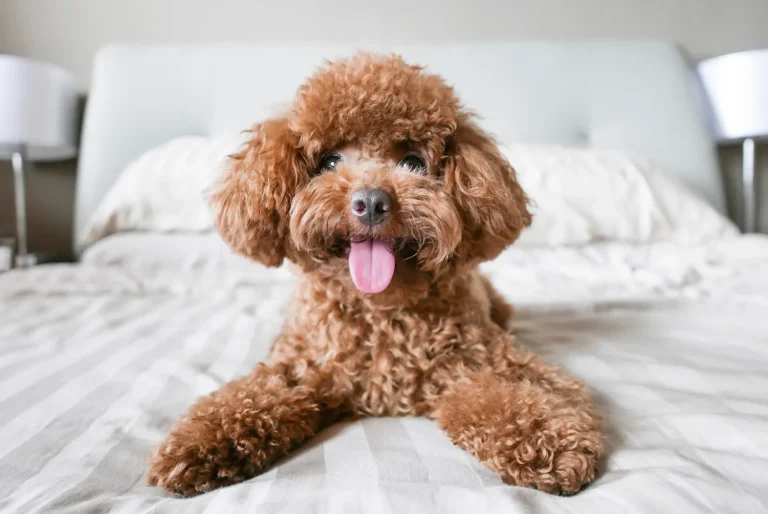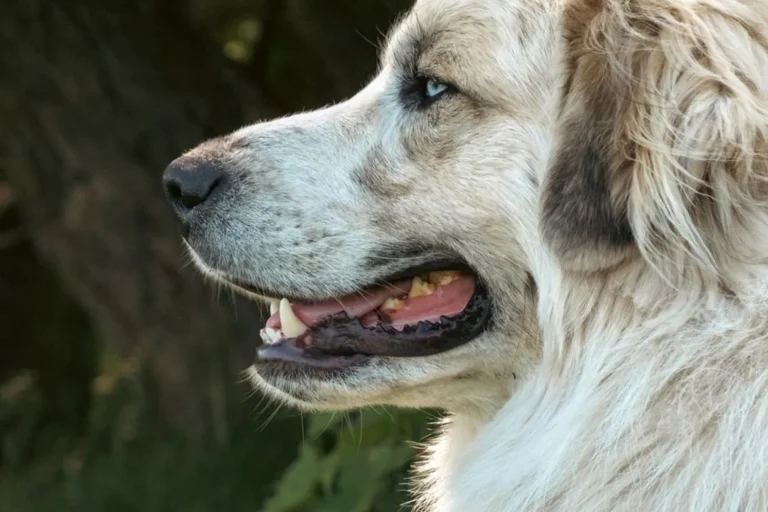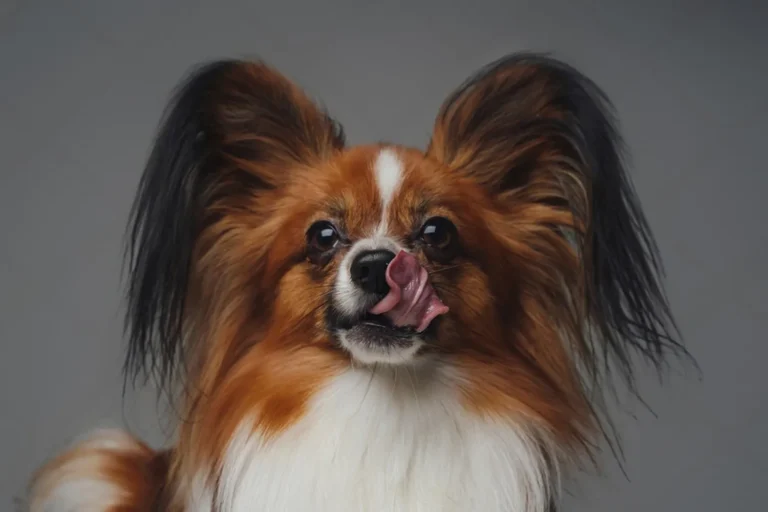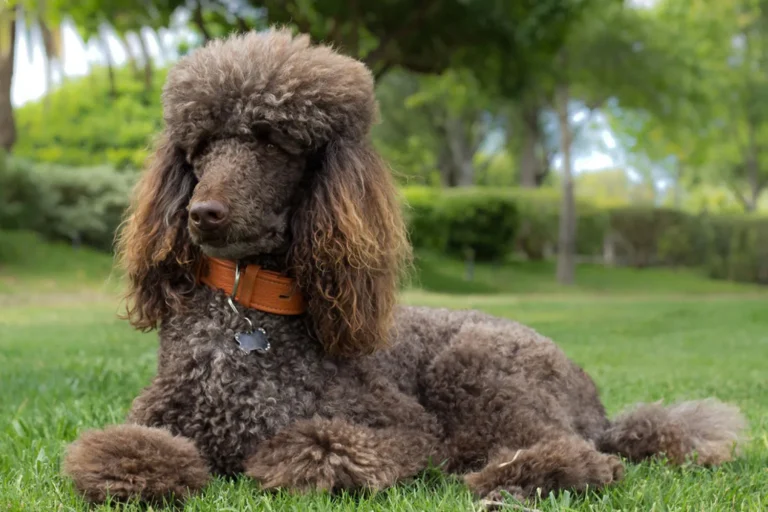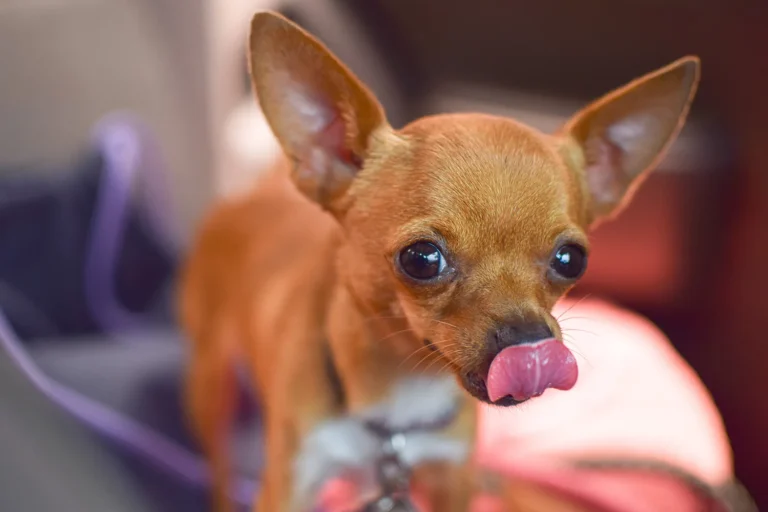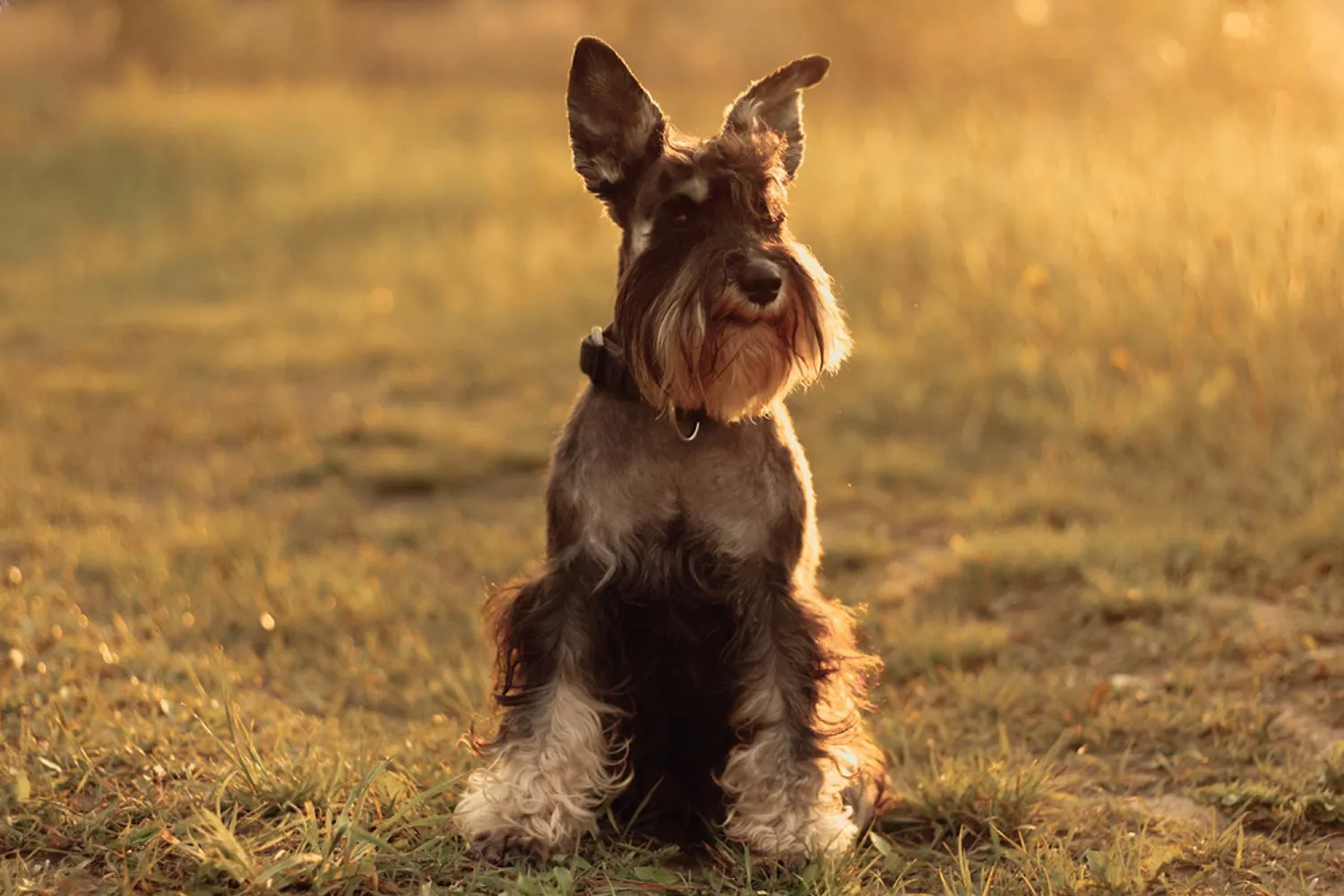
The Miniature Schnauzer stuffs a big personality into a small frame and it’s no wonder they’re a top pick for small dog fans. The one I fostered strutted like a tiny mayor smart, loyal, and chatty. Give daily walks, a few brain games, and regular grooming, and you’ll have a cheerful, low shedding sidekick. Teach a "quiet" cue early, because that bold little bark takes its job seriously.
History and Origin of the Miniature Schnauzer
If you picture a small, bearded watchdog darting between barn aisles, you’re basically looking at the Miniature Schnauzer’s early résumé. In late 19th‑century Germany, farmers needed a compact, fearless helper to guard the yard and keep rats out of the grain. Breeders took the sturdy Standard Schnauzer and crossed it with smaller dogs most notably the Poodle, Miniature Pinscher, and Affenpinscher to create a tough, smart, downsized farmhand. Even their famous eyebrows and whiskers had a job: that facial “armor” helped protect them from bites while they worked.
Their practical talents quickly won people over. By the early 1900s, the breed was making its way beyond the farm and into towns, and in 1926 the American Kennel Club officially recognized the Miniature Schnauzer. From there, their popularity only climbed. I remember meeting an older gentleman at a Midwestern feed store who told me his dad’s “little Schnauzer with the big bark” could clear a whole hayloft of mice before lunch. Today, they’re more likely to patrol a living room than a barn, but those roots show: keen eyes, a nose that’s always investigating, and a watchdog voice that sounds larger than the dog it comes from.
If you bring one home, lean into that history. Give them jobs scent games, puzzle feeders, a bit of backyard “vermin patrol” with supervised sniffing around the woodpile. Their instincts love a mission. And while they were bred to alert, you can channel that bark with early training and lots of praise for quiet moments. A breeder I spoke with in California told me she calls it “earning the beard” keeping the classic look while giving the brain plenty to do. It’s a nice way to honor where this spunky little worker came from and why they’re still so beloved today.
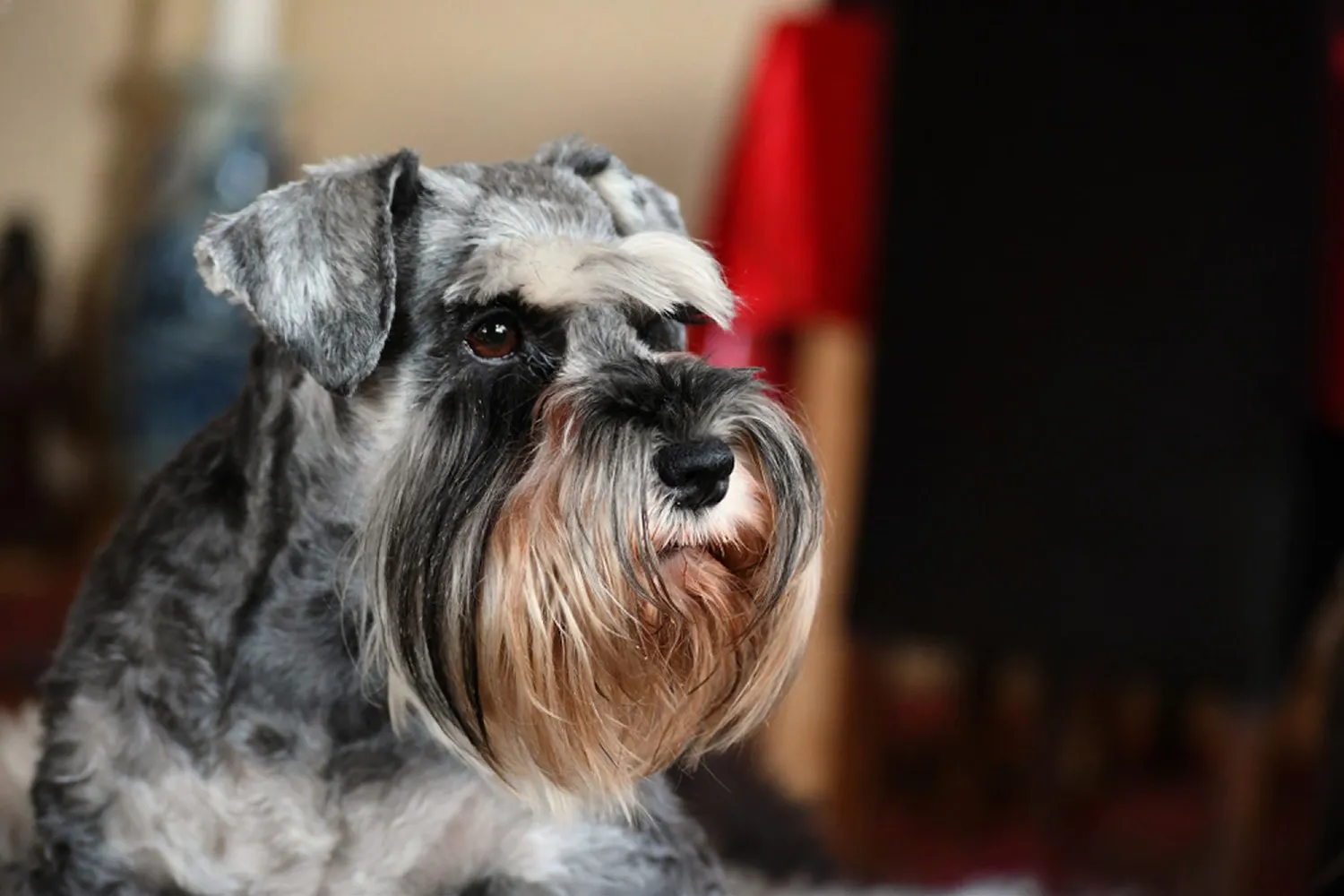
What Is the Miniature Schnauzer?
If you’ve ever met a dog with eyebrows that could star in a sitcom and a mustache that would make an old timey detective proud, you’ve met a Miniature Schnauzer. These little dynamos are instantly recognizable: a wiry coat, long legs for their compact frame, and that famous bearded face that somehow makes every head tilt look profound. Most folks first picture them in those striking black and silver shades, and honestly, that classic look never gets old.
Personality wise, think big energy in a small package. Mini Schnauzers are extroverts through and through front row participants in family life and never ones to miss an opportunity to be the center of attention. Mine has been known to wedge himself right between us during movie night, as if to say, “I’m part of this scene, too.” They’re bright, eager learners, and they know it. Training can be delightfully quick when you keep it upbeat and vary the routine, but don’t be surprised by a playful hint of mischief. I once watched a friend’s Mini pretend not to understand “stay” until treats came out then suddenly, perfect statue.
Despite their smaller size, they carry a spirited, terrier like attitude. That feisty spark makes them fun, but it also means they appreciate having a job any job. Short daily walks paired with a few brain games go a long way. I rotate easy puzzle toys and hide and seek with favorite toys; five minutes of sniffing out a hidden squeaky duck can calm the wiggles right down. And yes, they make reliable little watchdogs. Expect a quick “who goes there?” bark at the door, followed by a proud trot back to you. I always thank mine for the alert then show him it’s just the delivery guy so he learns when to settle.
Grooming is part of the Mini Schnauzer lifestyle. Their wiry coat looks sharp with regular brushing and periodic trims to keep that signature beard tidy. Pro tip from my living room: keep a small towel by the water bowl. That glorious mustache is basically a sponge, and a quick dab saves your floors (and your couch). A comb through a few times a week keeps tangles away, especially around the legs and face where little burrs like to hitch a ride after a walk.
They thrive on inclusion, so involve them in your day errands, backyard projects, cozy evenings. Leave a Mini Schnauzer out of the fun and you’ll see the “but what about me?” stare. Their loyalty runs deep; they bond hard with their people and love to be part of the team. That loyal streak, plus their smarts and spirit, makes them wonderful companions for families, singles, and retirees alike as long as you’re up for engaging that lively mind.
A quick bit of breed trivia to impress at the dog park: the American Kennel Club places the Miniature Schnauzer in the Terrier group, while their close cousin, the Standard Schnauzer, sits in the Working group. Different sizes, different jobs, same unmistakable schnauzer charisma.
If you want a small dog with a big heart, a bright mind, and a personality that fills the room, a Miniature Schnauzer just might be your perfect co star. Keep them busy, keep them close, and you’ll have a whiskered best friend for life.
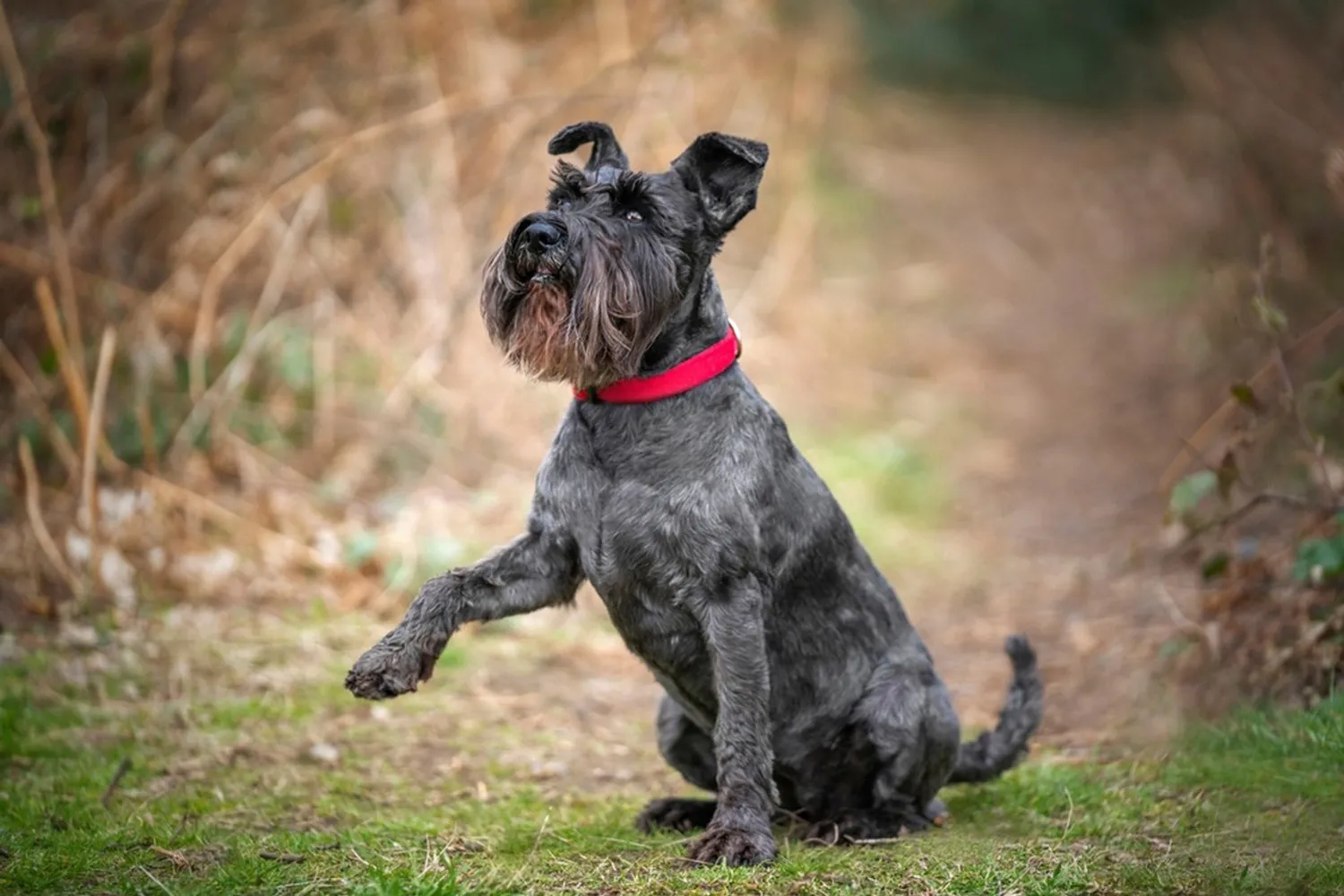
Who Is a Miniature Schnauzer Best For?
The Miniature Schnauzer is a bit of a chameleon in the best way. They’re adaptable, smart, and full of personality, which means they can fit into many different kinds of homes. I’ve met them in city apartments, on farm porches, and everywhere in between, and the common thread is always the same: they love being part of the action.
Family homes: These little bearded buddies are affectionate and playful, which makes them great with kids. They’re sturdy enough to handle a game of fetch in the yard, but still small enough to curl up on the couch for movie night. As with any breed, early socialization and supervised play are important, especially with younger children who are still learning gentle handling. I once showed my niece how to roll treats into a towel for a simple sniff and unroll game her giggles and the Schnauzer’s wagging tail told me everything I needed to know.
Active individuals: If you enjoy moving, a Mini Schnauzer will happily keep pace. Aim for at least an hour of daily activity, split into walks, play, and maybe a dash of training. They love dog sports like agility, rally, and even barn hunt (their former ratter instincts shine there). A friend of mine runs short morning jogs with his Schnauzer, then winds down in the evening with a 10-minute training session problem solved, energy spent, happy dog.
Apartment dwellers: Minis can thrive in smaller spaces as long as their minds and bodies stay busy. Two brisk walks, a “sniffari” where you let them lead with their nose, and a puzzle toy or two will go a long way. They are naturally vocal watchdogs, so teach a “quiet” cue early and give them a cozy spot away from the front door. I lived above a busy street once, and a simple routine white noise, a stuffed Kong at delivery hours, and a calm “enough” cue kept the peace with the neighbors.
First time dog owners: Their size is manageable, and they’re clever and eager to learn. That said, clever can tip into cheeky if you’re inconsistent. Set clear house rules from day one and stick to them. Short, upbeat training sessions work wonders think five minutes of “sit, stay, leave it,” then a play break. Puppy classes are gold for confidence and manners. My first Schnauzer figured out how to open the treat drawer before he nailed “down” smart dogs keep us honest.
Those seeking companionship: Mini Schnauzers are classic “velcro dogs.” They like to be where you are desk, sofa, kitchen, repeat. They make wonderful companions for singles and seniors thanks to their loyalty and moderate size. Because they bond so deeply, practice alone time training early to prevent separation anxiety. I work from home, and mine naps with his chin on my foot sweet, but we still schedule brief solo naps so he’s comfortable when I step out.
Allergy sufferers: No dog is truly hypoallergenic, but the Mini Schnauzer’s wiry coat tends to shed less and can be easier on some allergies. Meet a Schnauzer before committing if you’re sensitive. Regular grooming helps: brushing a few times a week, a bath when needed, and consistent trims every 6-8 weeks. Wiping the beard after meals (yes, the beard collects everything) and using a HEPA filter can also make a noticeable difference.
Guardians of property: Don’t be fooled by their size Schnauzers are alert and proud of it. Their history as ratters and watchdogs shows up in that quick “who goes there?” bark at unusual sounds. This makes them excellent little sentries. Channel it wisely with training: reward calm behavior, teach an “enough” cue, and socialize them to everyday noises like doorbells and delivery trucks so they know when to raise the alarm and when to chill.
In short, a Miniature Schnauzer is a great match for people who want a bright, loyal companion with a sense of humor and a bit of spark. If you’re ready to offer structure, exercise, and plenty of together time, those expressive eyebrows and that jaunty beard will win you over fast.
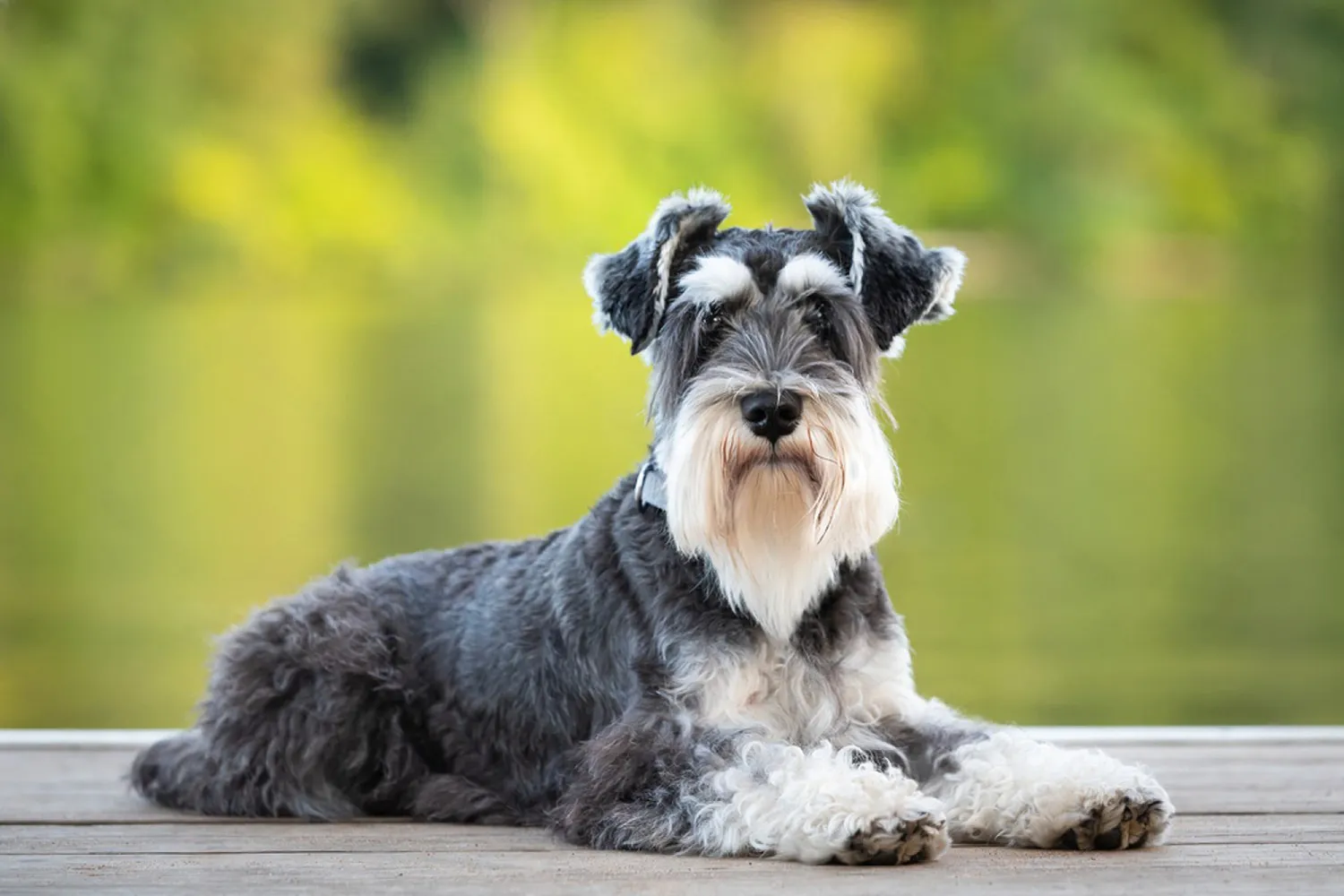
Miniature Schnauzer Grooming & Shedding
Grooming isn’t just upkeep for a Miniature Schnauzer it’s part of the routine that keeps them comfortable and you bonded. With their double coat (soft undercoat, wiry top coat), most Minis don’t shed much, which is a nice bonus. I joke that my lint roller gets a little vacation when a Schnauzer is around. That said, low shedding doesn’t mean low maintenance regular brushing and tidy ups keep that iconic look and prevent tangles.
Plan to brush your Miniature Schnauzer two to three times a week. A slicker brush and a metal comb are your best friends, especially for the “furnishings” the beard, legs, and eyebrows. I make a quick pass with the slicker, then finish with the comb to catch any sneaky knots. If you’ve had a romp through grass, do a post walk comb out on legs and beard; I once spent a whole episode of my favorite show plucking burrs from a Schnauzer’s cuffs because I skipped it. Bathe as needed if they get dirty or smelly, and keep baths gentle so you don’t strip natural oils. A quick face wipe after meals helps too that dignified beard is a magnet for water bowls and dinner.
If you love the classic Schnauzer shape defined eyebrows, neat beard, tidy skirt professional grooming is usually the way to go. Most owners book every 6-8 weeks. A groomer I trust showed me how clipping keeps things neat, while hand stripping helps maintain the wiry texture; both are fine, it just depends on your goals and how much time you want to invest. Bring a photo to your groomer so you get the exact length and look you like.
Like any breed, Minis need their teeth brushed (aim for a few times a week, daily if you can) and nails trimmed regularly. I use a lick mat with a smear of peanut butter to make nail time easier, and it’s been a game changer. Check and clean ears weekly, and keep paw pads and the hair between toes trimmed so they don’t slip. A little routine goes a long way your Schnauzer will look sharp and feel great.
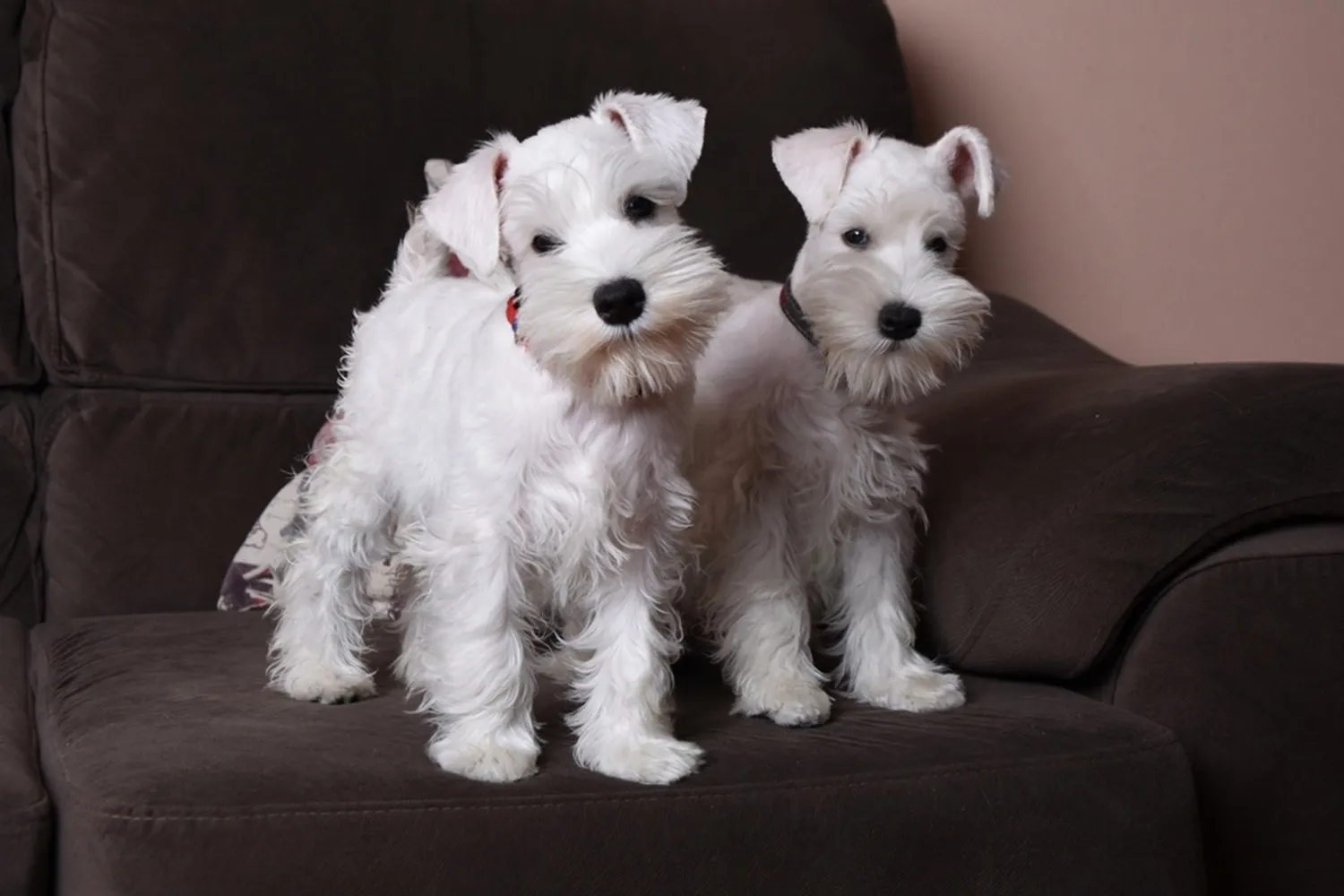
Do Miniature Schnauzers Bark a Lot?
If you’ve ever lived with a Mini Schnauzer, you know they take their security job very seriously. They’re naturally alert and quick to sound the alarm about anything unusual doorbells, delivery folks, a squirrel with attitude, even a leaf that dared to blow across the driveway. That protective streak comes from their watchdog roots, and honestly, it can be pretty handy when you want a reliable little sentinel at home. The trick is teaching them when to turn it off.
What made the biggest difference for me was figuring out the “why” behind each outburst. Is it territorial (“stranger at the gate!”), boredom, excitement, or just habit? I actually kept a quick list for a week turns out our hot spots were the front window at 4 p.m. and the doorbell. Once I knew the patterns, I could work on solutions.
Positive reinforcement is your best friend here. I taught a “quiet” cue by letting two alert barks happen, then calmly saying “quiet,” rewarding the instant they paused. You can also teach “speak” first, then “quiet” for better control. Lots of exercise and mental work helps too: brisk walks with sniffing time, a few rounds of fetch, puzzle feeders, and short training games. Manage the environment when needed close blinds to block trigger views, add background noise during busy delivery hours, and practice calm greetings with friends who can help you rehearse. And skip the scolding; to a schnauzer, you yelling can sound like you’re joining the chorus.
With consistency, they can still be wonderfully alert without being nonstop noisy. These little pros love having a job give them one, guide them kindly, and you’ll both breathe a lot easier.
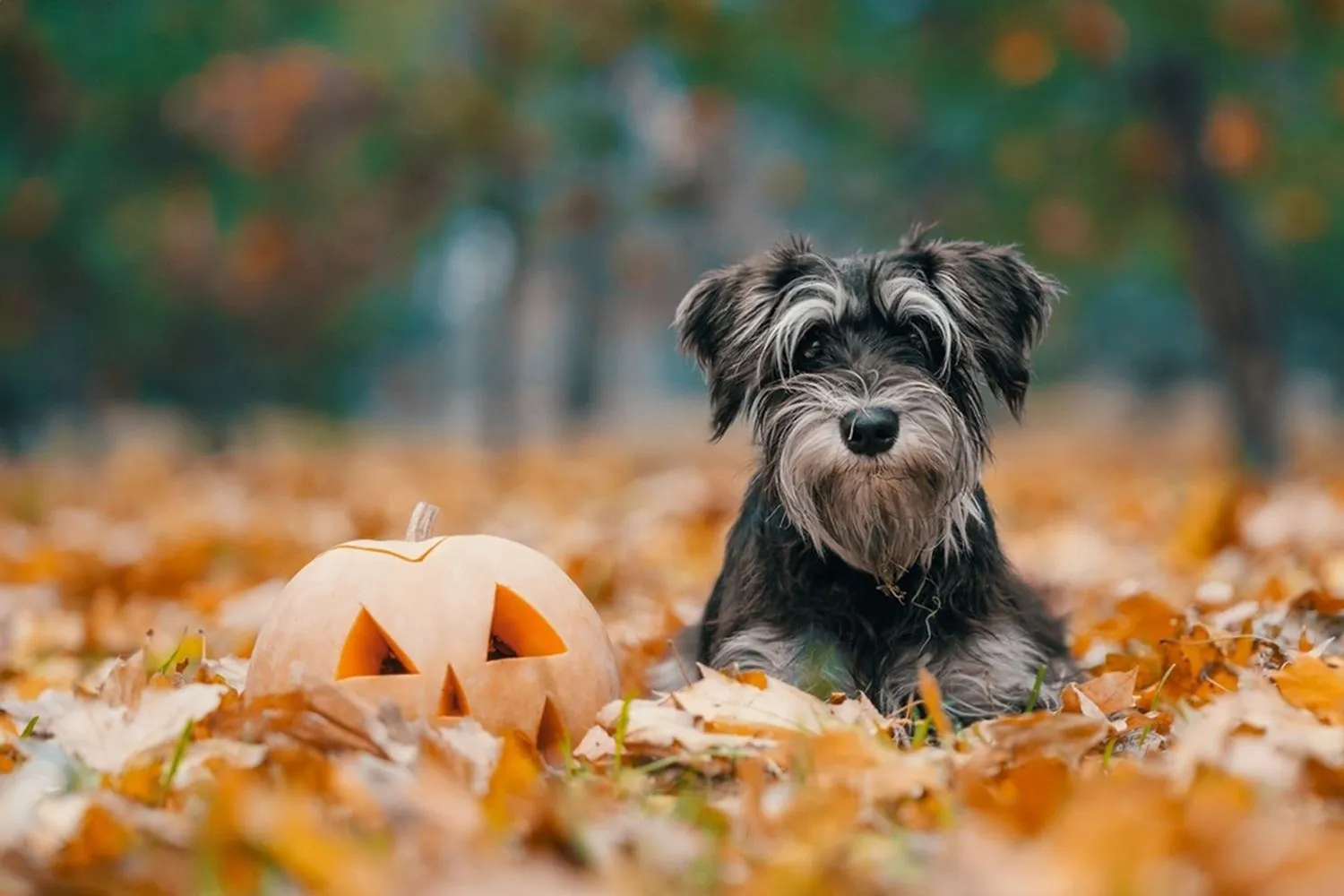
Average Weight and Height of a Miniature Schnauzer
Miniature Schnauzers may have “mini” in the name, but they’re not pocket sized like toy breeds. They’re sturdy little athletes. The first time I met one at the park, I expected a teacup fluff and got a confident, square built buddy who stood about knee high and trotted like he owned the place.
For height, males typically stand between 30.5 to 35.5 cm at the shoulder (about 12 to 14 inches). Females are generally in the same range, though some might be a touch shorter. As for weight, most Minis fall between 5 and 9 kg (roughly 11 to 20 pounds). They’re compact, yes, but they’ve got solid muscle under that wiry coat more “ready for adventure” than “carry me everywhere.” I once offered to scoop my friend’s Mini up a long flight of stairs and quickly learned that while possible, it’s more of a workout than you’d think.
If you’re checking your own dog’s stats at home, measure height at the withers the highest point of the shoulder while your pup stands on level ground. A quick weighing trick I use: step on the scale holding your dog, then subtract your own weight. And a little health tip from experience: Minis can be enthusiastic about treats, so keep an eye on body condition. You should feel ribs with light pressure and see a slight waist when viewed from above. Most reach their adult height around a year old and may fill out a bit after that.
Bottom line: Miniature Schnauzers are compact but not tiny, with a surprisingly “big dog” presence in a small, whiskered package. They’re just the right size to hop in the car for adventures though maybe not the right size to carry up every staircase!
https://en.wikipedia.org/wiki/Miniature_Schnauzer
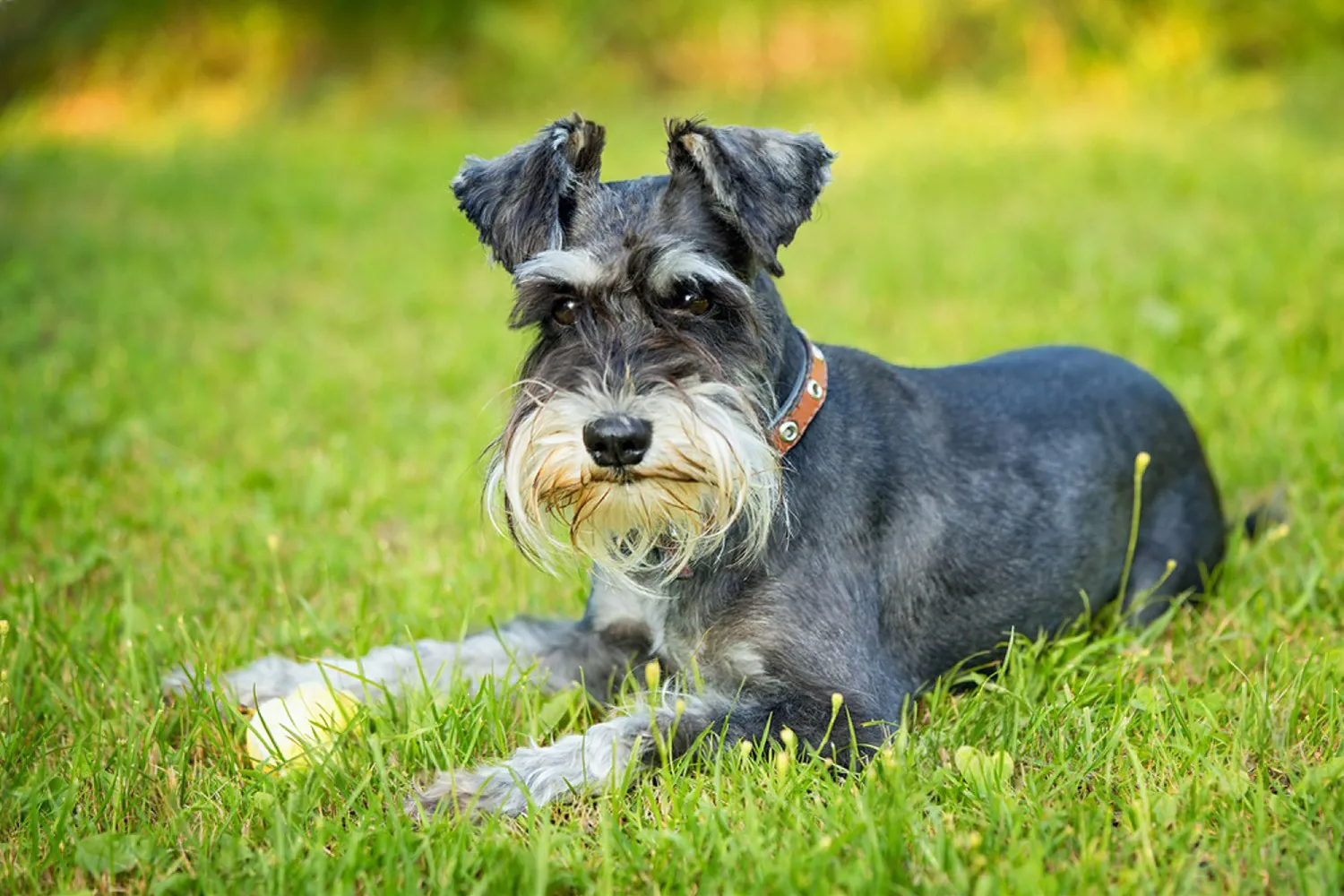
Are Miniature Schnauzers Easy to Train?
Miniature Schnauzers are clever little characters bright eyed, quick thinking, and usually all in when you make training feel like a fun game. They also have a spirited, independent streak that can keep you on your toes. I’ve learned that if you don’t offer clear guidance, a Mini will happily create their own rules. The good news? With a mix of structure, patience, and plenty of praise, they’re wonderfully trainable and a joy to teach.
Start early. The day you bring your Mini home, begin with simple house rules and tiny lessons. Puppies are sponges, and even five minute sessions matter. Think name recognition, sit, and gentle handling of paws and ears. I like to work in micro sessions throughout the day before meals, after naps, and during play so learning weaves into their routine naturally.
Consistency is your secret weapon. Choose your cues and stick to them. If “off” means “get down,” keep it “off” every time; swapping to “down” one day and “no” the next just confuses a smart dog. I once wrote our family’s cues on a sticky note by the door so everyone used the same words. It made a surprising difference in how quickly behaviors clicked.
Lean into positive reinforcement. Minis adore being right. Treats, cheerful praise, and a favorite toy can work wonders. I’ve found they respond best to upbeat energy and clear timing mark the moment they do the thing you want, then reward. Avoid harsh corrections; these dogs can be sensitive to tone and may shut down if they feel scolded. Keep it light, keep it kind, and you’ll see faster progress and a happier pup.
Socialization is essential. Safely introduce your Schnauzer to new people, friendly dogs, different surfaces, and everyday noises. Pair each new experience with treats and calm reassurance. My neighbor used to roll a vacuum around (unplugged) while feeding her Mini bits of chicken, and by the time it turned on, the pup barely blinked. That early exposure pays off big time later.
Teach them to manage their voice. Minis are natural watchdogs and can be chatty. I teach “Quiet” early. When mine barks at the window, I walk over, glance out like I’m “checking,” say “Thank you,” then give the “Quiet” cue. The moment the barking stops even for a beat I reward. One weekend of consistent practice and the lightbulb went on: he realized being quiet earned him something better than shouting at leaves. Pro tip: don’t yell over barking; it sounds like you’re joining the chorus.
Exercise their bodies and brains every day. A well exercised Mini is a well mannered Mini. Aim for daily walks, a bit of fetch or tug, and a good sniffari where they can explore scents at their own pace. Mix in mental workouts: puzzle feeders, scent games, and short trick sessions. Ten minutes of nose work can take the edge off just as well as a long walk and it’s a blast to watch their little brows furrow in concentration.
Make recall non negotiable. Minis can have a prey drive for squirrels and birds, so practice recall in safe spaces first. Use a long line, call once, and pay generously when they come think roast chicken, not a boring biscuit. Never correct them for returning late; you want “coming when called” to be the best decision they make all day. I also teach an emergency recall word that I only use for jackpots, so it stays extra powerful.
Puppy classes are worth their weight in treats. A good class offers socialization, guidance from a pro, and a chance for you to practice around distractions. I love classes that focus on positive methods and include handling practice things like opening the mouth gently or checking paws because those skills make vet visits and grooming so much easier.
Speaking of grooming, start that training early too. Minis need regular brushing, especially on their furnishings and beards. Let clippers or a blow dryer hum nearby while you feed treats so the sounds become no big deal. I taught a “chin rest” on my palm, which made beard wiping a breeze. A dab of peanut butter on the fridge door was my trick the first week; after that, my dog stood still like a pro.
Be patient and celebrate small wins. Progress is rarely a straight line. Some days your Schnauzer will be a star; other days, they’ll look at you like you’re speaking Martian. Keep sessions short, end on a success, and remember that even one good repetition is progress. I keep a mental “win list” each week tiny moments worth a smile. It helps on the trickier days.
Above all, remember that every dog is an individual. Minis share many traits, but your dog’s motivation might be food, toys, or a happy voice. Adjust your approach until you find what makes their tail wag and their brain light up. With consistent training, positive reinforcement, plenty of socialization, and everyday exercise, your Miniature Schnauzer will grow into a well mannered, confident companion and a delightfully witty one at that.
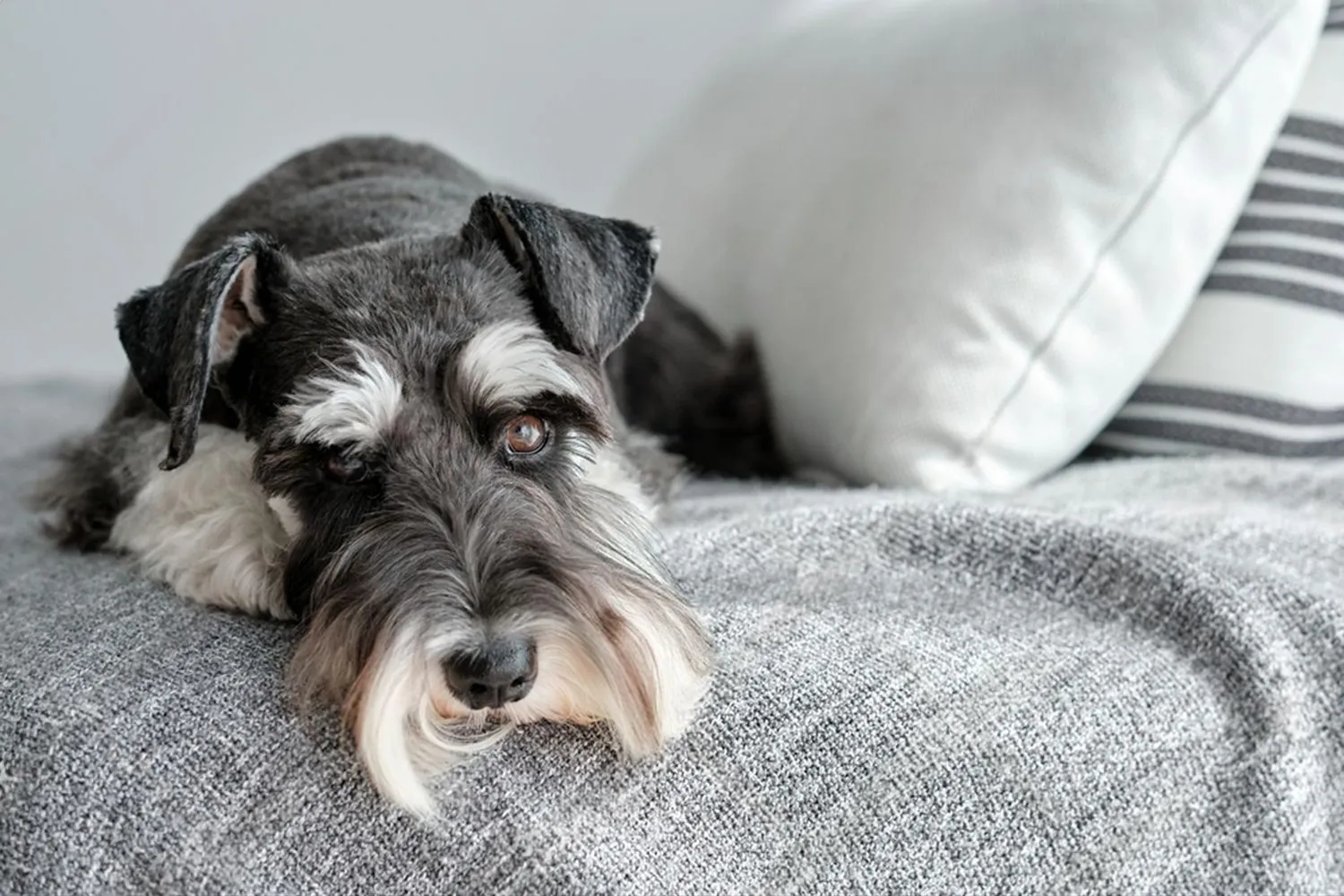
How do Miniature Schnauzers behave? A look at their temperament and personality
Miniature Schnauzers are little sparks of joy outgoing, chatty, and convinced every stranger is a future friend. Most will happily trot up to say hello and then decide you’re their person for the day. They love staying close to their family, too. When I dog sat a schnauzer named Pepper, she shadowed me from room to room like a whiskered bodyguard and curled behind my knees the second I sat down. If you let them, they’ll snuggle right into bed and claim the warmest spot. If that’s not your thing, set the rule early and offer a cozy alternative these dogs appreciate clear boundaries almost as much as a soft blanket.
Under the beard and eyebrows, remember: they’re terriers. That means feisty, confident, and a bit “big dog in a small body.” They’ll announce visitors, chase a blown leaf like it owes them money, and bring a ton of personality to everyday life. Their smarts are no joke, either. An intelligent Mini Schnauzer can outthink you by Tuesday if you don’t keep their mind busy. I once watched a friend’s schnauzer figure out how to nudge open a pantry door for the treat bin brilliant, and mildly incriminating.
With good training, they’re wonderfully well rounded companions. Keep sessions short, upbeat, and consistent lots of praise, tiny treats, and a dash of humor. Mix in daily mental games like snuffle mats, hide and seek with toys, or quick trick training to channel that brainpower. A brisk walk plus a playful tug or fetch session does wonders, and teaching cues like “settle” and “quiet” helps curb that enthusiastic bark. Socialize them early so their natural friendliness stays polite, and give them a job to do carry a tiny backpack on walks or practice a few tricks before dinner. Do that, and you’ll have a cheerful, loyal sidekick who makes ordinary days feel a little more fun.
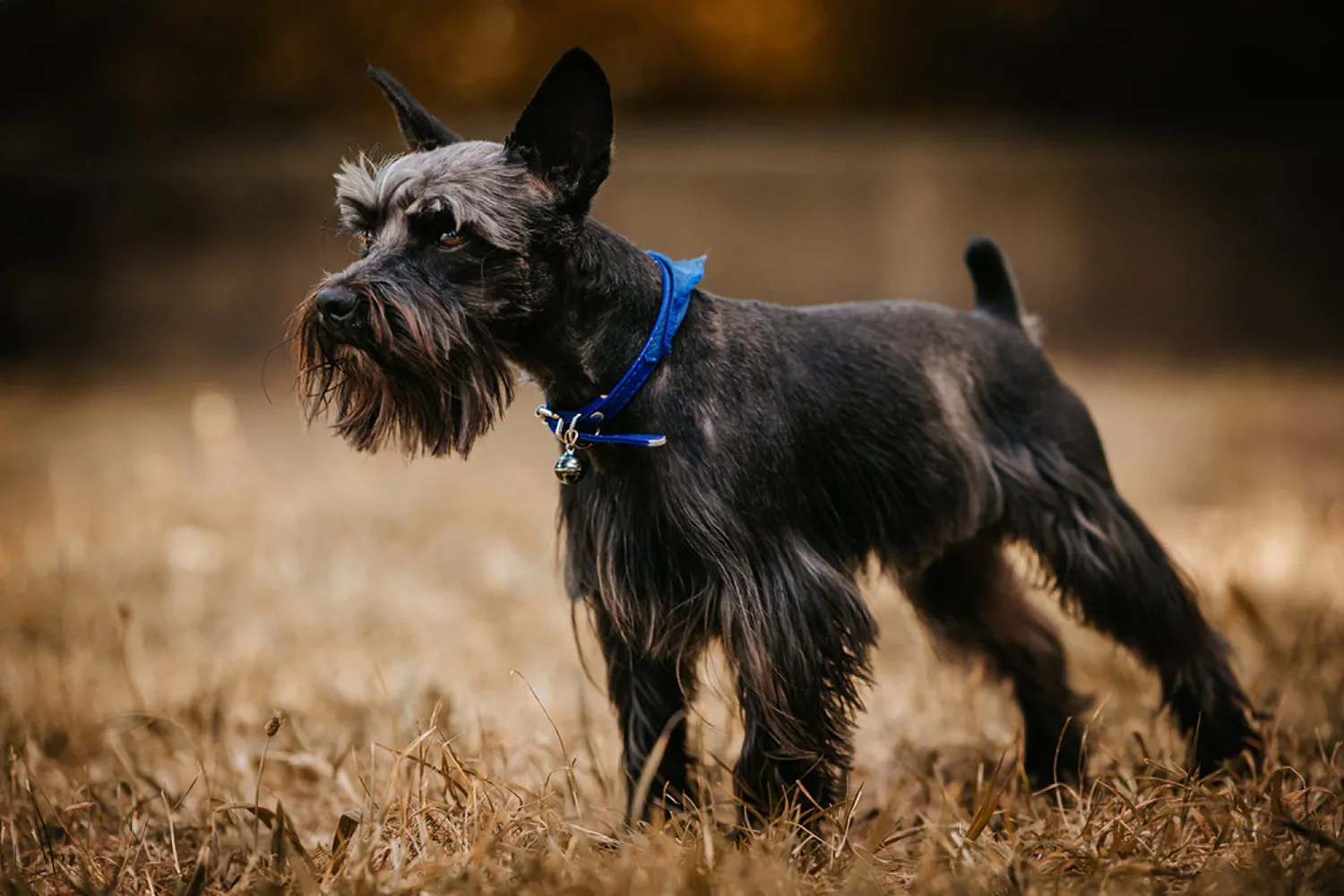
Do Miniature Schnauzers Have Common Health Issues?
Like every breed, Miniature Schnauzers have a few health quirks you’ll want to keep on your radar. Knowing the signs and keeping up with regular vet visits can make a world of difference. I always tell new Schnauzer parents: a little prevention and quick action go a long way.
Cataracts can show up as a hazy or bluish cloudiness in the eye and may lead to vision loss over time. They often appear with age, but there’s a hereditary component too. I remember noticing my senior Schnauzer pause at doorways at dusk and bump a hip on the coffee table subtle little clues. Annual eye checks are helpful, and if you’re getting a puppy, ask the breeder about eye health clearances for the parents.
Urinary stones are another common issue in Minis. Signs include straining to pee, frequent squatting with little output, or even blood in the urine. One of my dogs once stopped every few feet on a walk to “try,” which sent us straight to the vet good call, because stones can escalate quickly. Encourage steady water intake, offer regular potty breaks, and follow your vet’s diet recommendations if your dog is prone to crystals or stones. Some stones pass on their own; others need medical or surgical help.
Pancreatitis is something I take seriously with this breed. It’s inflammation of the pancreas, and high fat foods can trigger it. I’ll never forget a holiday when a well meaning relative slipped my friend’s Schnauzer some greasy table scraps by morning, the poor pup was vomiting and hunched from belly pain. Keep treats lean, skip the rich leftovers, and call your vet promptly if you see vomiting, diarrhea, or abdominal discomfort.
Hyperlipidemia elevated fats in the blood is fairly common in Miniature Schnauzers and sometimes shows no obvious symptoms. Your vet can catch it on bloodwork, and it’s important because high lipids can lead to pancreatitis. A balanced, low to moderate fat diet, keeping your dog lean, and regular exercise have helped mine stay in the clear. In some cases, vets add medication or special diets.
Liver shunts (portosystemic shunts) are less common but serious. Because blood detours around the liver, puppies may grow poorly or have odd neurologic episodes, especially after meals. If you’re getting a pup, ask the breeder about appropriate testing and whether any relatives had shunts. Your vet may recommend specific blood tests if there’s a concern.
Mycobacterium Avium Complex (MAC) is very rare, but you might hear it mentioned with this breed. Symptoms can be vague lethargy, weight loss, digestion or breathing issues and your vet will guide testing and treatment if it’s suspected. Most owners will never encounter it.
The best game plan: regular veterinary checkups, baseline bloodwork as your dog ages, and an eye on everyday habits appetite, energy, bathroom breaks. Keep meals consistent, go easy on fatty treats, and maintain a healthy weight. And if you’re buying a puppy, choose a reputable breeder who health tests and is transparent about the family history. I also keep a “just in case” fund or pet insurance; it’s saved me a few sleepless nights. With a little vigilance and a lot of love, Miniature Schnauzers can thrive for many happy years.
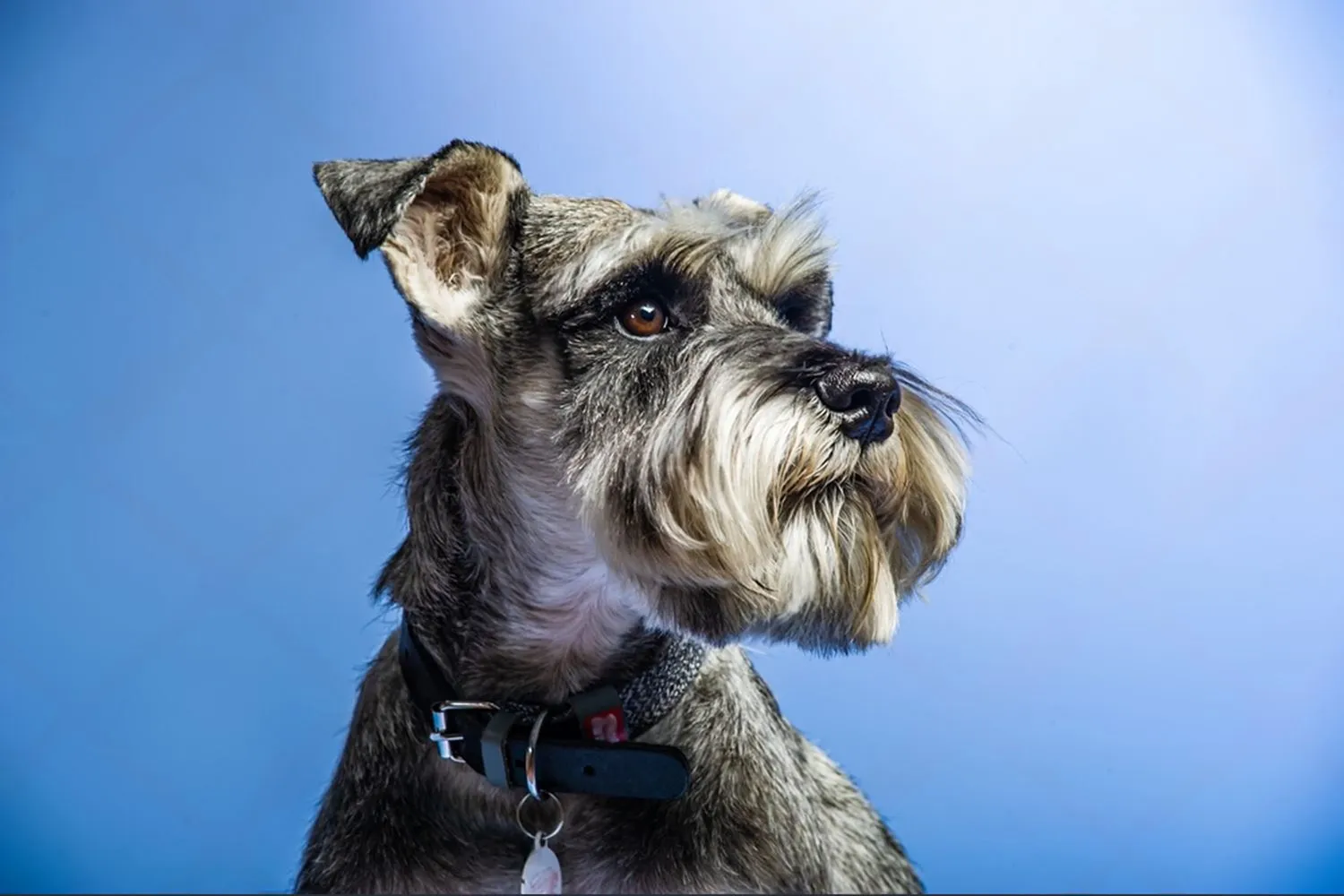
What is the lifespan of a Miniature Schnauzer?
With good care, Miniature Schnauzers typically live around 12 to 15 years, and it’s not unusual to see them happily trotting into their mid teens. My neighbor’s little whiskered gentleman, Max, made it to 16 and was still bossing everyone around on his morning walks.
A long, healthy life for a Mini Schnauzer really comes down to the basics done well. Keep them lean and active daily walks, a bit of fetch, and some brain games go a long way. I like using a puzzle feeder on rainy days; it keeps them busy and curbs that notorious “snack goblin” tendency. Regular vet checkups, staying current on preventives, and good dental care are huge for small breeds. I learned the hard way with my first dog that skipping teeth cleanings can snowball into bigger issues, so now I start brushing early and make it part of the routine.
Nutrition matters too. Schnauzers can be sensitive to rich, fatty foods, so I skip greasy table scraps and stick to a balanced diet and measured portions. As they get older, gentle adjustments help shorter, more frequent walks, a comfy orthopedic bed, and maybe a little ramp for the couch if they insist on being your shadow. Keep an eye out for changes in weight, thirst, or energy and chat with your vet if something feels off.
Give them structure, love, and a bit of daily adventure, and your Mini Schnauzer can be your bearded best friend for many wonderful years.
How Much Should a Miniature Schnauzer Eat?
Feeding a Mini Schnauzer isn’t one size fits all, but you don’t have to guess. Team up with your trusted veterinarian or a canine nutritionist to choose a food and portion that fits your dog’s age, size, and lifestyle. When you’re picking a diet, look for WSAVA and AAFCO seals of approval so you know it’s complete and balanced. I once got swept up in a trendy “boutique” bag with pretty packaging, and my vet gently steered me back to a WSAVA aligned brand my dog’s coat and energy improved within weeks. Be cautious with raw and grain free diets; they’ve been linked to infection and heart issues in some dogs, so it’s best to stick with proven options unless your vet advises otherwise.
Most Mini Schnauzers do well on two meals a day after puppyhood. Puppies usually start with three to four smaller meals and gradually move to two by around six months. Use the feeding guide on your dog’s food as a starting point, then adjust based on activity level and body condition. A schnauzer who jogs with you will need more than a couch snuggler. I like to measure meals with a kitchen scale or a proper measuring cup these guys can be little foodies, and eyeballing portions can add up fast. Aim for a visible waist from above and ribs you can feel with light pressure. If the scale creeps up, trim the daily portion by about 10% and recheck in a couple of weeks.
Treats are great, especially for training, but keep them to no more than 10% of daily calories. I break training treats into pea sized bits or even use part of the meal kibble as rewards. Skip table scraps; they encourage begging and can be unhealthy. Mini Schnauzers are prone to packing on pounds and can be sensitive to rich, fatty foods think pancreatitis so no bacon or greasy leftovers. A friend’s schnauzer learned to hover under the high chair after a week of “just a taste,” and it took months to unlearn that habit!
One last tip: if your schnauzer eats like a vacuum, try a slow feeder or puzzle bowl same portion, more satisfaction. Keep fresh water down, check weights regularly, and revisit portions after spay/neuter or seasonal changes in activity. With a good plan and your vet’s guidance, it’s easy to keep that bearded buddy trim, happy, and full of energy.
Miniature Schnauzer FAQs
Do Miniature Schnauzers like to cuddle?
Absolutely most Minis love a good snuggle, though many will choose “their person” as the prime cuddle buddy. I used to joke that my Schnauzer had a built in compass for my lap; the second I sat with a blanket, she’d nose dive right in. They’re affectionate without being clingy shadows every minute, and they’ll often curl up after a brisk walk or a round of zoomies. Just know that while they’ll be friendly with the whole household, their most serious cuddle commitments often go to one favorite human.
What does owning a Miniature Schnauzer say about you?
Expect to be pegged as fun loving and down to earth. This breed is well mannered, spirited, and always ready to join the party so their humans tend to get that reputation too. You’ll likely be the person with a pocket full of training treats, a lint roller in the car, and a sense of humor about bearded kisses after breakfast. My neighbor once told me, “I can tell you’re a Schnauzer person you’re always smiling on walks.” Guilty as charged.
Are Miniature Schnauzers prone to separation anxiety?
Yes. Minis thrive on being with their people, and many can get anxious if left for long stretches. That doesn’t mean you can never leave the house just plan ahead. Start by practicing very short absences and build up gradually, keep departures and arrivals calm, and create a cozy “safe spot” with a bed or crate they actually love. A stuffed Kong and some gentle background noise did wonders for my dog; after two weeks of practice, she went from whining at the door to snoozing right through my errands. If your lifestyle means the dog would often be alone where dogs can’t go, this may not be the best match unless you have a reliable dog walker or daycare lined up.
Are Miniature Schnauzers hypoallergenic?
Not technically but they shed very little thanks to their wiry top coat, which can make them a good option for folks with mild allergies or asthma. If allergies are a concern, spend time with a Mini before committing. Grooming helps a lot too: brushing a couple of times a week and regular professional grooming every 6-8 weeks keeps loose hair and dander down. I also got into the habit of wiping my Schnauzer’s beard after meals it kept her tidy and reduced sniffles for my allergy prone friend.
Can Miniature Schnauzers be left alone?
With training, most can handle a few hours. Long, frequent stretches are tough and can lead to destructive behavior if they’re not prepared. My friend learned this the hard way when her Mini redecorated a TV remote after a six hour solo stint. Now she does a brisk walk before leaving, sets out puzzle feeders, and rotates toys and the remote has lived to tell the tale. Aim to build alone time in small steps, offer enrichment, and consider a midday visit from a walker or a couple of daycare days if your schedule runs long. A tired, mentally engaged Schnauzer is a happy, well behaved one.
Disclaimer:
This article is for informational purposes only and doesn’t replace professional veterinary or training advice. Always consult a certified vet or dog trainer for guidance specific to your pup.
